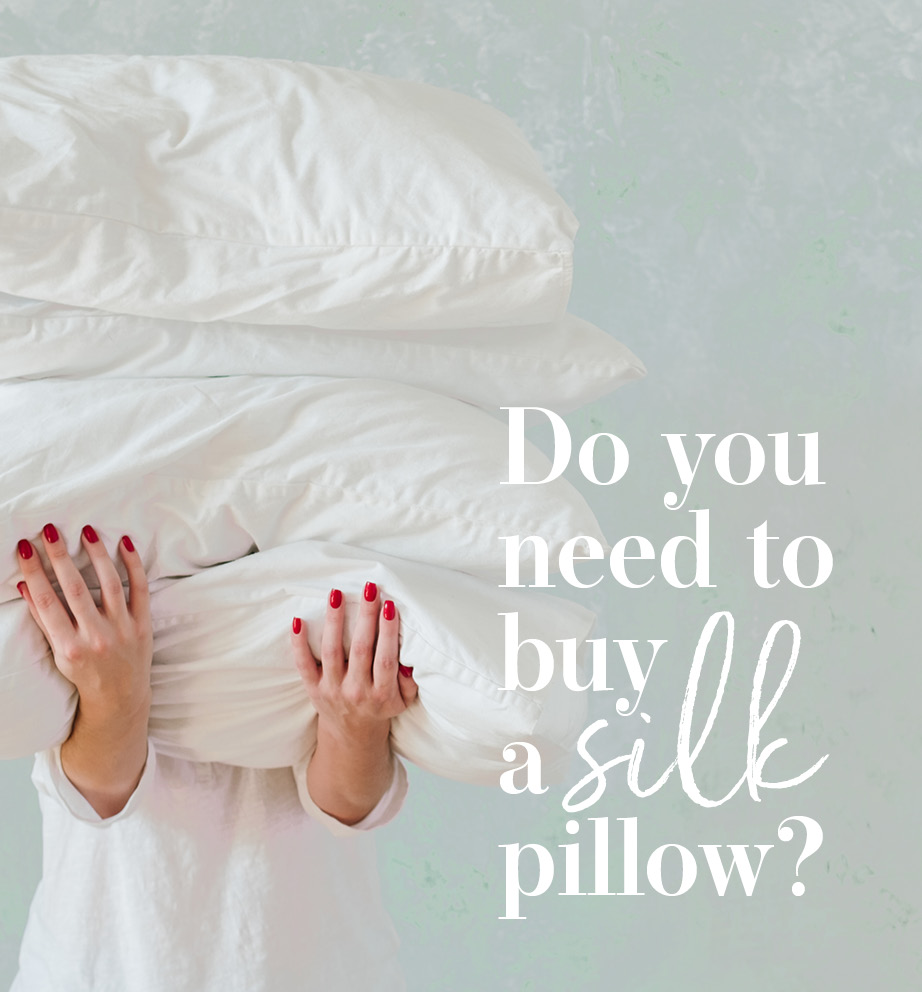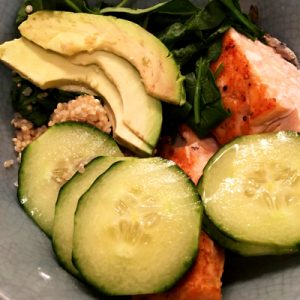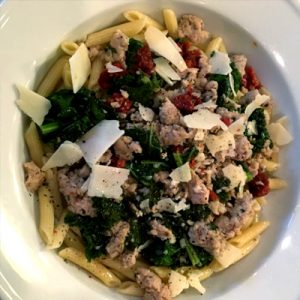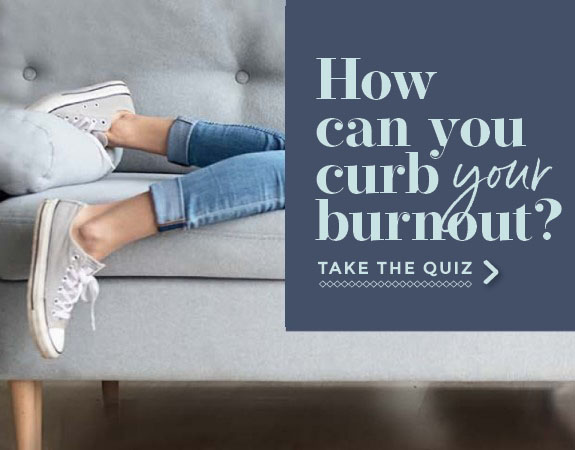CLAIM: Buy a silk pillow to reduce wrinkles!
THE Truth
So, I’m at that certain age when one starts thinking about the reality of wrinkles, and focusing more carefully on skincare. Take a ticket if you need to, but I feel like many of you are with me.
Knowing my wrinkles also represent my laugh lines, I don’t hate them – but if there were something like a special pillowcase to help replace wrinkles with smooth skin while I sleep, that would be a win, right?
So, what’s the word?
- CAVEAT: There’s NOT a ton of research, so the consensus about silk pillowcases’ effect on wrinkles is minimal. Therefore, some of the claims regarding hydration, acne control, or wrinkle reduction produced by using silk pillowcases may not be fully vetted. It’s also possible silk pillowcases may improve the skin and reduce wrinkles, but there is no definitive or conclusive evidence to date.
- The science: It appears that for side and stomach sleepers (perhaps even more so for side sleepers, of which I am one…), the pressure of your face on a pillowcase can create “sleep wrinkles” that can become lines.
- What are the benefits of pillows that reduce friction?
- They may reduce friction and pressure on the face.
- They can reduce friction and tension on hair, potentially reducing frizz and hair loss.
- They may enable less skin drying (because they are less porous than regular cotton cases).
- The various materials purported to be most beneficial here include:
- Silk
- High thread count cotton
- Copper (Copper! In a pillowcase! Read on below because this TrueveLab nugget was total NEWS to me)
Help / Harm
Does it help?
While pillowcases may reduce wrinkles, no known studies exist that specifically show reduced wrinkle formation with silk pillowcases. There may be benefit to using specialty pillows or copper pillowcases, however.
Does it harm?
People who are acne-prone may be better off with a cotton pillowcase, otherwise no harm has resulted (per the research) from using a specialty pillowcase.
Net bottom line
If you’re going to spend the money, you may be better off with a specialty pillow or copper pillowcase. However, ultimately choose the pillowcase that helps you sleep most comfortably, because not getting enough sleep DEFINITELY can make wrinkles worse.
Our Best RecS
Least Expensive
Keep your current pillowcase, and don’t stress too much about it (because hey, stress adds wrinkles).
Sleep on your back to help prevent crush wrinkles.
Moderate
Use silk (not satin), sateen (i.e. long cotton fibers) or a copper pillowcase that may help reduce friction.
For silk purchases, choose based on “momme weight” of 20 or more (the higher the better) and what you consider most cozy.
Most Expensive
For ideal wrinkle reduction – invest in prescription retinoids (which have more science behind them than pillows).
Try a specialty anti-wrinkle pillow that distributes head weight (minimal research exists for these, but aside from the damage to your wallet, probably minimal harm) – more details below.
For a copper-infused pillowcase: There is some research on copper-infused pillowcases and their ability to reduce wrinkles, so for some it may be worth the expense (more details on these below, too).
Thank you for our wonderful dermatologists (see more of their responses in detail below) - Dr. Darren L. Casey, dermatologist, dermatologic surgeon and CEO at Atlanta Dermatology, Dr. Jeffery S Dover, FRCPC and dermatologist of SkinCare Physicians of Chestnut Hill, MA, and Dr. Amy Kim, dermatologist, Mohs surgeon, COO of MetroDerm Atlanta, GA, and Founder of Baby Pibu.
*************
If you prefer the highlights reel, stop here. For those of you who like the nitty-gritty science and sources behind it all, click to expand each topic of our in-depth research below.
Should you use a silk pillow?
- “Silk pillowcases do decrease friction, so they reduce sleep wrinkles for side sleepers and reduce hair frizz, bed head and tangles as well” – Dr. Darren L. Casey, dermatologist, dermatologic surgeon and CEO at Atlanta Dermatology.
- “Should you use a silk pillow, no. Waste of money, waste of time. Unless you happen to like silk, don’t do it. There’s no evidence that using a silk pillow helps to slow the aging process. If you like satin go for it. Most people don’t. I prefer high thread count cotton.” – Jeffery S Dover, MD, FRCPC.
- “Silk pillows have become popular in the past 5 years. The claims are that using a silk pillowcase can reduce wrinkles and help bed hair. Dermatologists like myself are not sure that it helps, but it cannot hurt. The better skin care investments are prescription retinoids, vitamin c, and sunscreen.” – Dr. Amy Kim, dermatologist, Mohs surgeon and COO of MetroDerm in Atlanta.
Why or Why not?
- “First, the reduction in tugging causes less crush wrinkles. Because they are less porous than cotton cases, they also decrease skin irritation and skin drying. That is even more important in winter.” – Dr. Darren L. Casey
- “It is thought that the properties of silk pillows cause less friction and less dryness to the skin and hair. Less friction and less dryness are thought to lead to less wrinkle formation and smoother, less frizzy hair.” – Dr. Amy Kim
Do you recommend any particular brand?
- “I do not recommend any particular brands. Silk is measured in momme weight- consider this similar to thread count in sheets. The higher the momme weight (at least low 20s), the better. Look at the momme weight and buy the one you like the way it feels.” – Dr. Amy Kim
What about satin?
- “Silk is a natural fiber whereas satin is a synthetic weave. The price point is the biggest difference. Most silk pillowcases are a blend of silk and satin. The premium silk is Mulberry silk and this one will be the highest price point.” – Dr. Amy Kim
About our Dermatologists:
- Dr. Amy Kim, dermatologist, Mohs surgeon and COO of MetroDerm in Atlanta. We are a growing derm practice of 5 locations in metro Atlanta.
- Jeffrey S Dover MD, FRCPC – Associate Professor of Clinical Dermatology, Yale University School of Medicine. Co-Director of SkinCare Physicians Chestnut Hill Massachusetts.
- Dr. Darren L. Casey, dermatologist, dermatologic surgeon and CEO at Atlanta Dermatology.
Clinical trial – “Silk-Like” (likely labeled as “satin” in most retailers) and acne – In a clinical trial seeking to measure the effect of silk in the treatment of acne, subjects were recruited with mild to moderate/severe acne and randomly assigned either a silk-like pillows (50% polyester and 50% nylon blend) or a 100% cotton-blend pillow. The primary outcome of the study was to measure the total number of lesions (pustules, papules, and cysts) after 12 weeks of usage.
- There was a 13.1% reduction in total lesions for silk-like pillow users
- Cotton pillowcase users had a 21.7% reduction in total lesions, whereas polyester/nylon blend users saw only 13.7% reduction in lesions
- No adverse effects were seen with the use of either.
For hair loss: Mayo and Callender 2021 –
- Authors suggest potential modifications for adult and pediatric tight hairstyles that over time can result in traction alopecia (such as cornrows and braids), suggestions include wearing a satin scarf/ using a satin pillowcase which may increase non-tight style longevity.
For “sleep-related wrinkles”: Poljsak et al 2012 –
- 15 participants were given transparent PVC pillows filled with air to show areas of facial pressure caused by head weight during sleep. These areas of compression lead to temporary wrinkles and showed locations of (crow’s feet) where constant, repetitive patterns of sleeping may result in permanent wrinkle formation.
- CAVEAT: the lead author of this study has consulted for a linens brand that makes pillows. You could argue that this just means they’re an industry expert. But we at TrueveLab like to find original research – and when there is limited research, want to make sure that you see all potential conflicts with full transparency.
- Authors noted that side sleepers were particularly at risk of wrinkle formation due to the skin getting crushed against the pillow and stimulating compression wrinkles, which may intensify with age. Authors suggested back sleeping or alternative pillow which can appropriately bear head weight and prevent wrinkles.
- CAVEAT: The lead author of this study does have their own brand of wrinkle-reducing pillows. You could argue that they based their pillow design on their own research….or the other way around. Which is why we at TrueveLab always like to find independent research – but in this case, it was rare to nonexistent.
For “sleep related wrinkles” Anson et al 2016 –
- During side or stomach sleeping, facial tissue is under mechanical force from head weight. Sleep wrinkle pattern development can be variable due to many factors such as: age, rate/susceptibility to wrinkles, length of time in position, force applied to the area, and surface area being compressed. Authors suggest back sleeping, but issues with snoring and difficulty avoiding certain positions while asleep may occur. The authors also suggest specialty sleep pillows.
**We found no academic studies comparing silk pillowcases to other pillowcases related to sleep wrinkles.
- 61 subjects (women between 35-56 yo) in a double-blind, placebo-controlled, randomized study – with noticeable wrinkles at crows feet area were given polyester pillowcases with 1% copper oxide in the yarn or control (polyester pillow without copper oxide). All subjects were given the same sensitive skin cleanser and oil-free moisturizer to use; pillow cases were washed/dried as usual with no softener.
- Authors found a significant reduction in crows feet after 4 and 8 weeks compared to baseline using copper oxide pillowcase; significant reduction compared to control group at 8 weeks.
- No adverse effects were seen with the use of either pillow.
- 57 volunteers with mild-moderate wrinkles were randomly assigned to either the experimental group given cotton/polyester blend pillowcases with 0.4% w/w copper oxide particles or placebo pillow made of cotton/polyester with no copper oxide particles. Participants were to only use the supplied pillowcase and wash/dry as normal without fabric softener. Additionally, no facial creams or moisturizers were allowed at night during the trial.
- Photos were taken of the front and side of the participants’ faces at week 0, week 2, and week 4. Cosmetic facial skin characteristics were graded at the time points.
- Authors found in the copper pillowcase group, there was a statistically significant reduction in facial wrinkles, crows’ feet, and significant improvement in overall appearance of facial skin at week 2 and week 4 compared to baseline. No adverse effects were seen with pillow usage.
Let me know if you tried anything – and if it helped!
Happy (and beautiful) snoozing!
All my best,
- Dr. Darria
P.S. What other Q’s do you have for the TrueveLab? Submit them here for us to answer in future TrueveLab Reports!









1 thought on “Will a silk pillow save you from crow’s feet?”